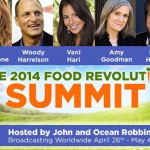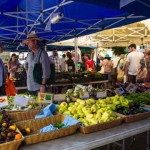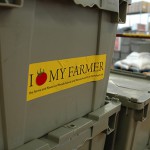npr: Hybridization – an open source platform for sharing natural seed diversity
Scientists and food activists are launching a campaign to promote seeds that can be freely shared, rather than protected through patents and licenses. They call it the Open Source Seed Initiative.
It’s inspired by the example of open source software, which is freely available for anyone to use but cannot legally be converted into anyone’s proprietary product.
Joe Kloppenburg says turning seeds into private property has contributed to the rise of big seed companies that in turn promote ever-bigger, more specialized farms. “The problem is concentration, and the narrow set of uses to which the technology and the breeding are being put,”




.jpg)






